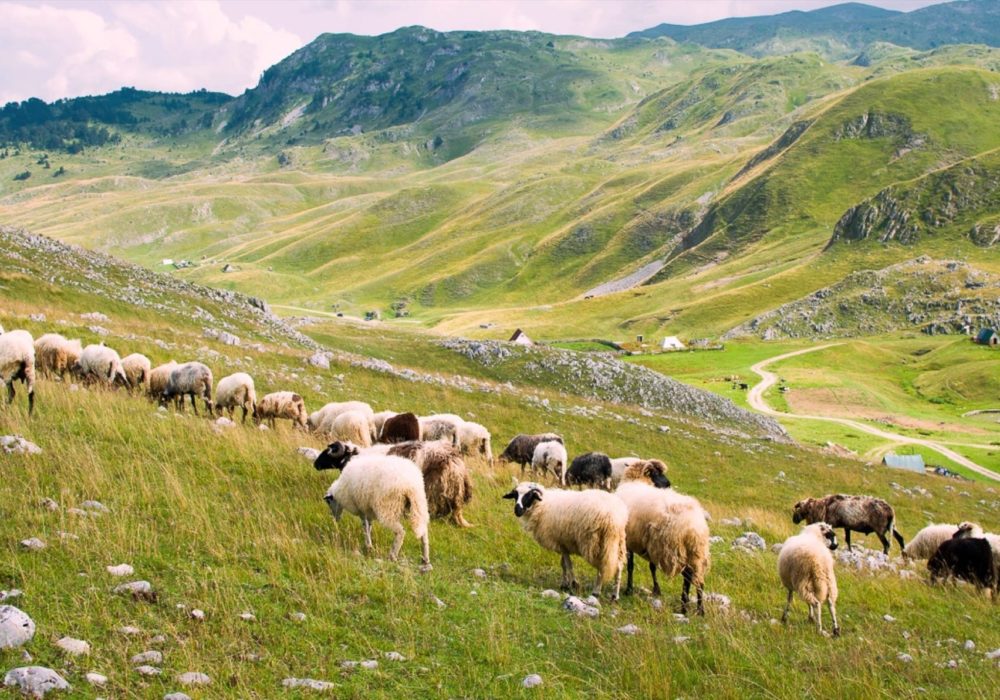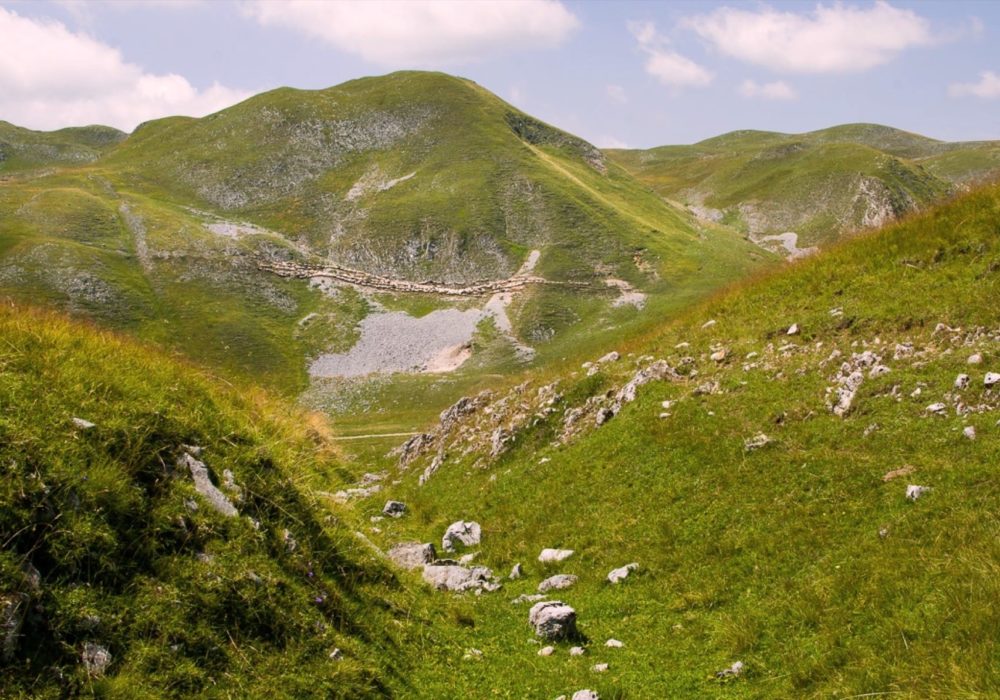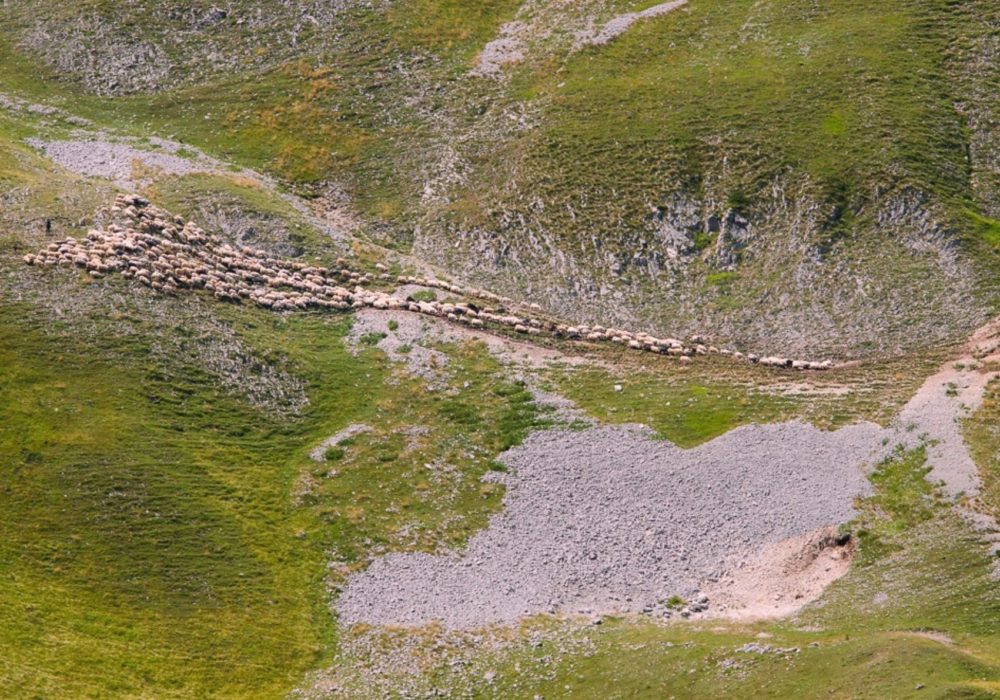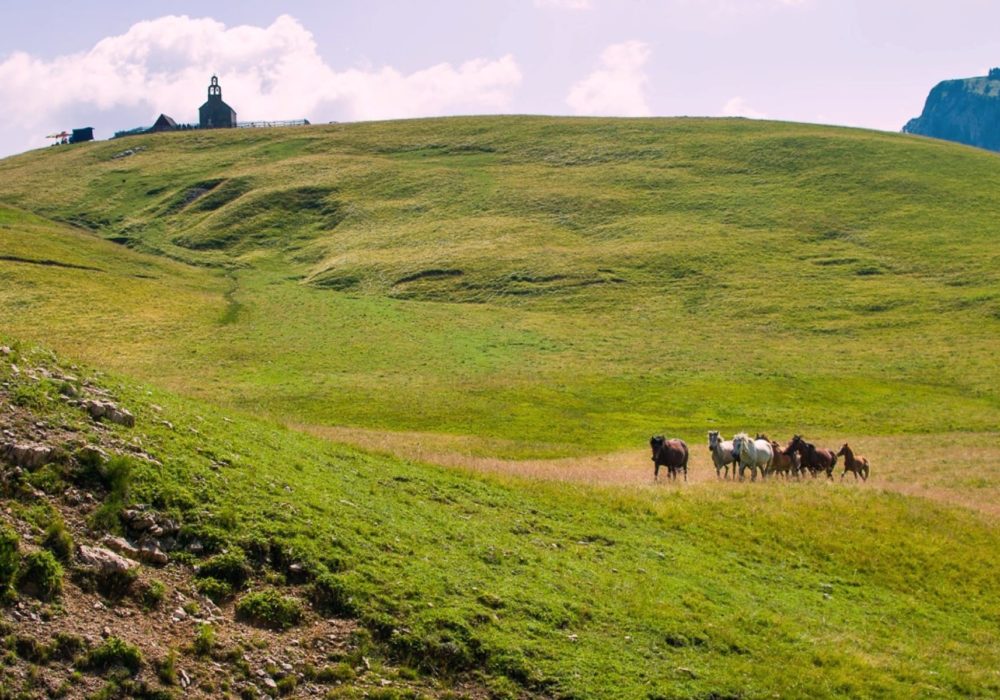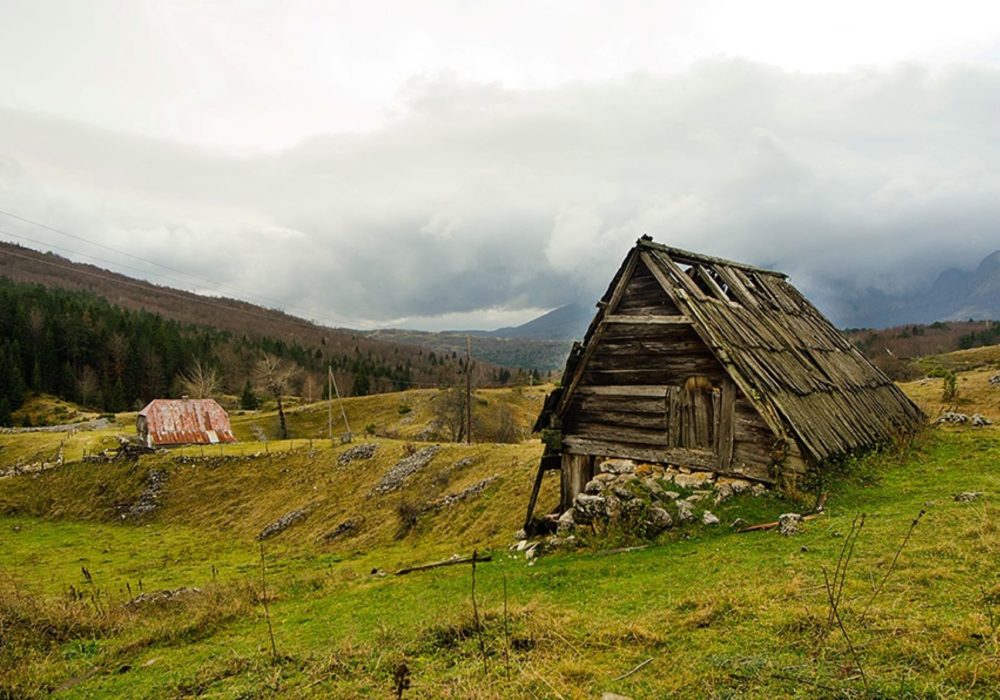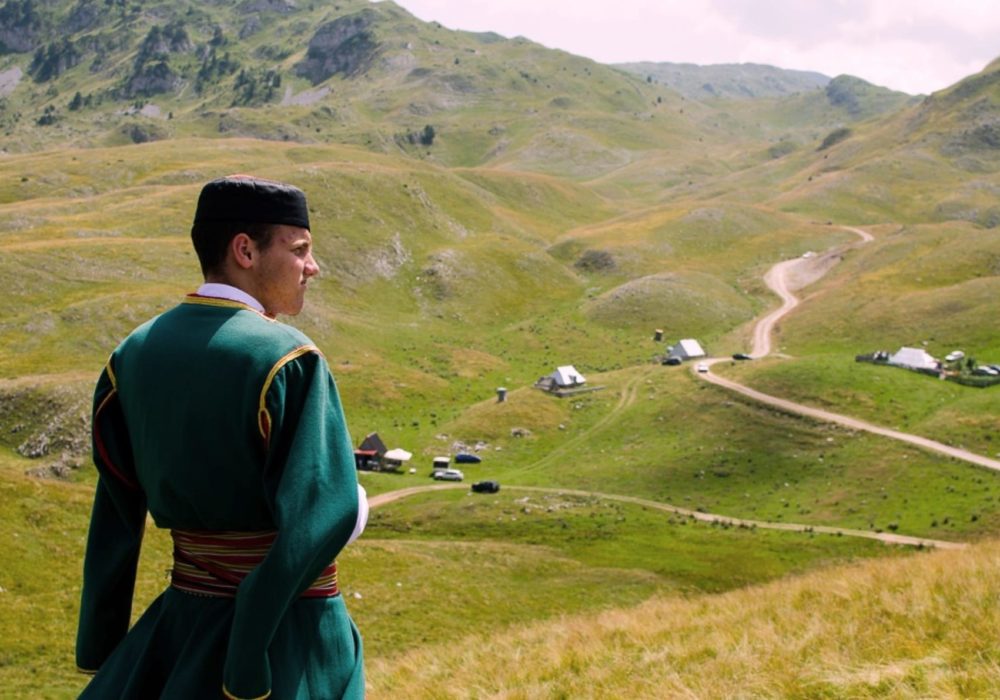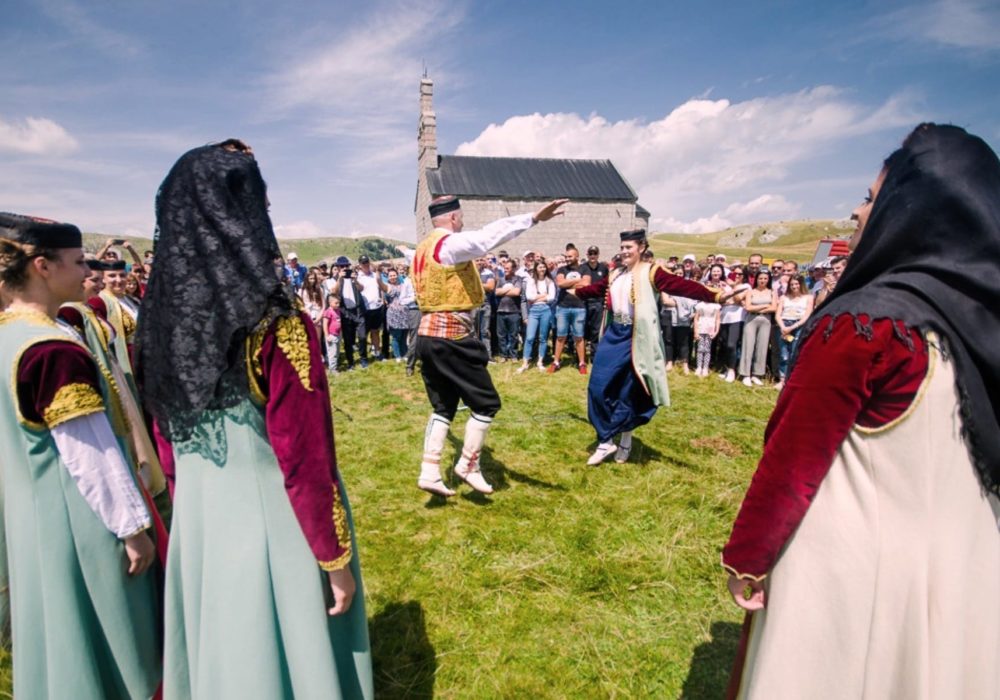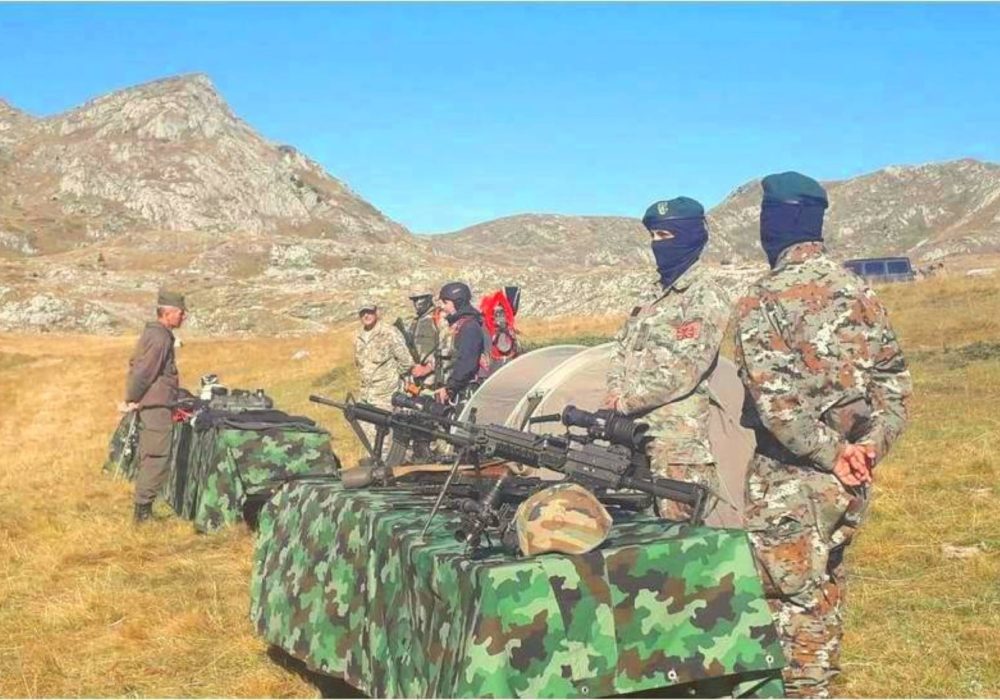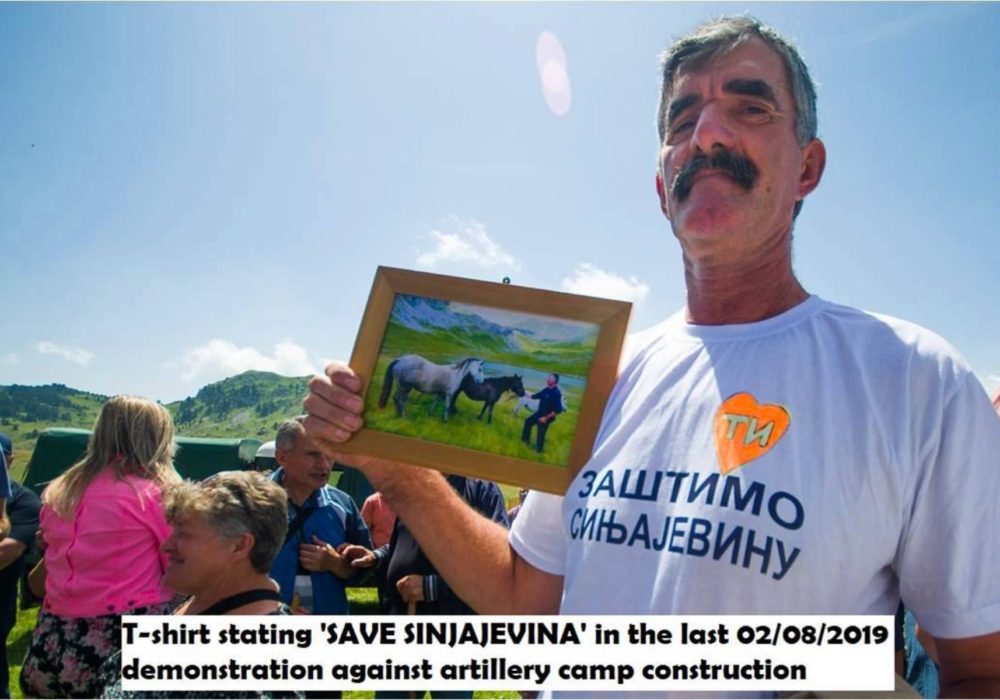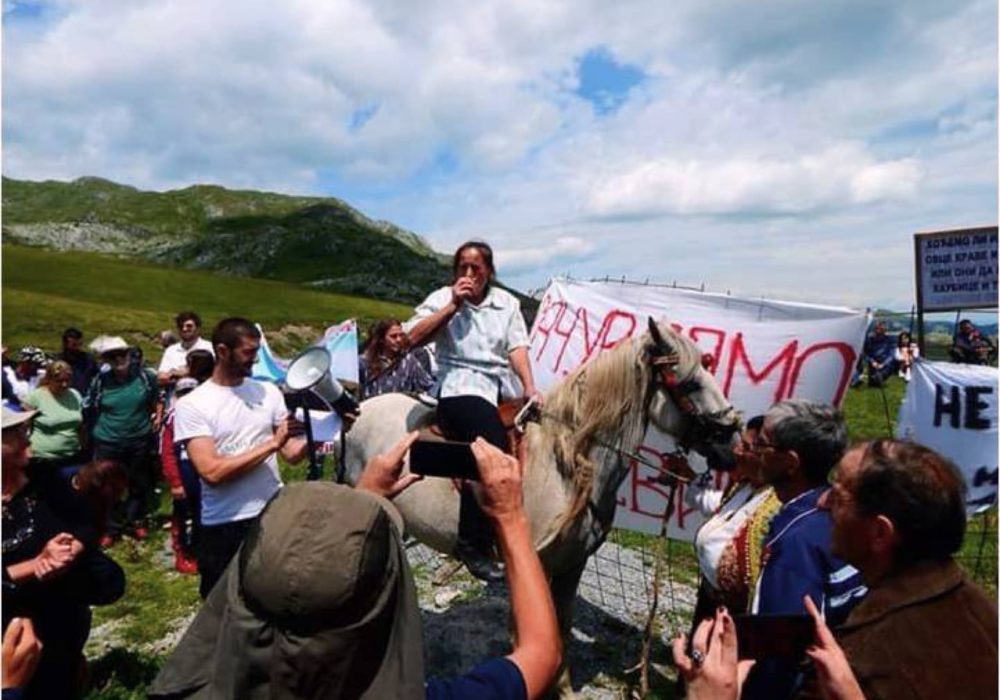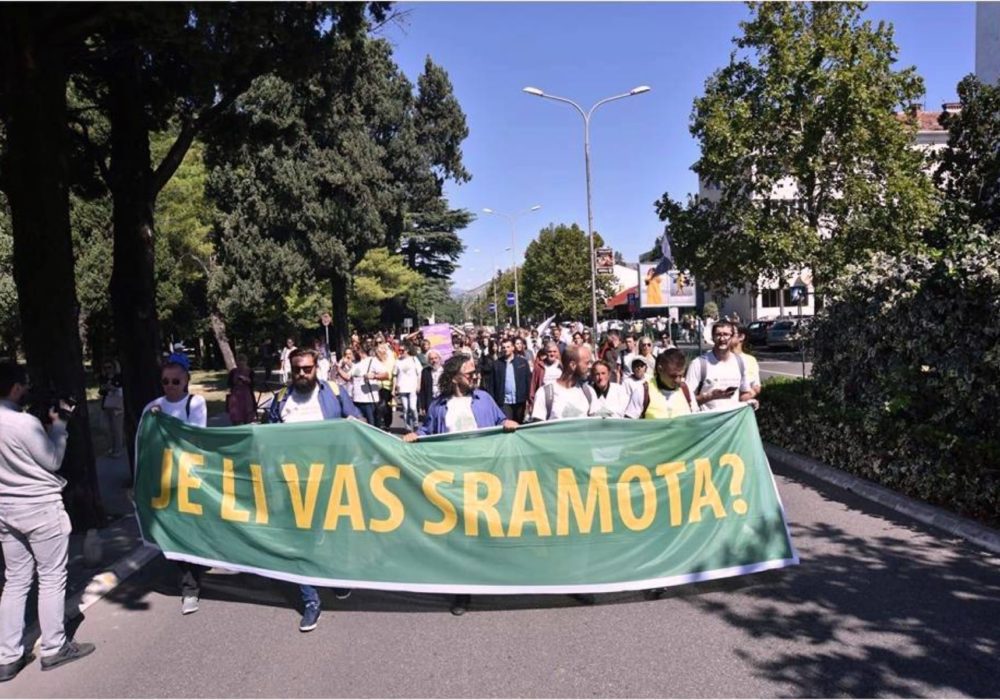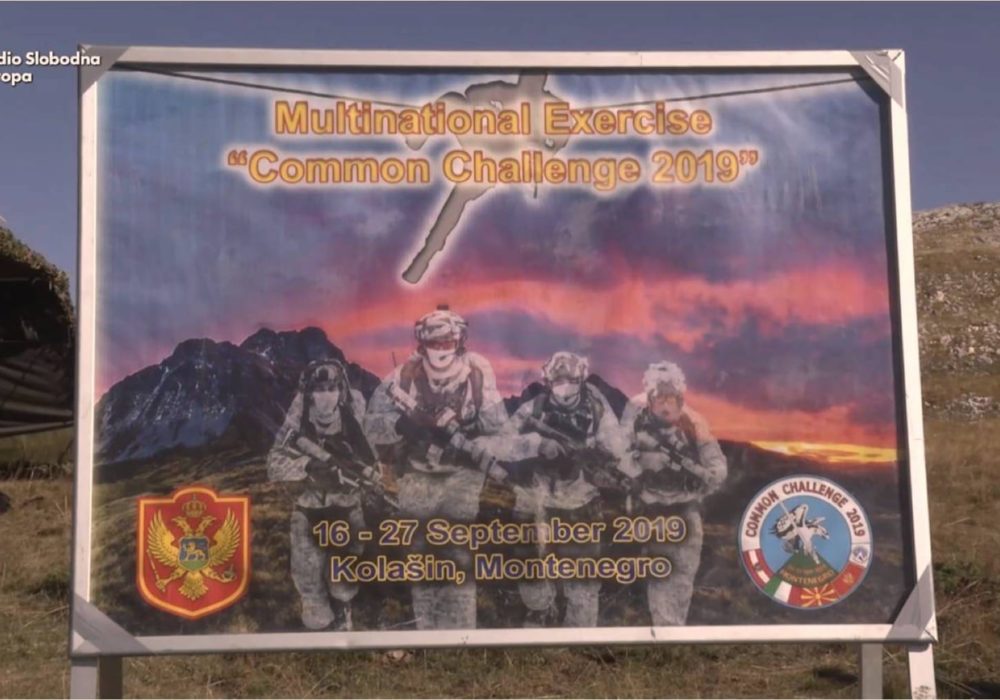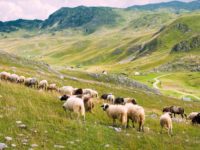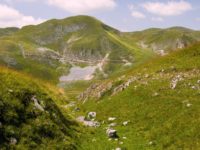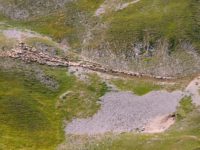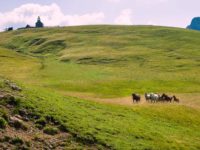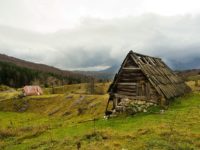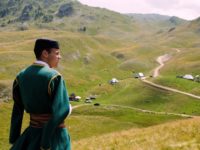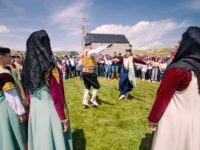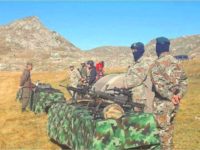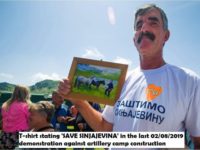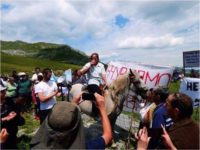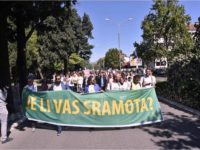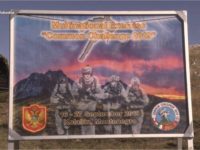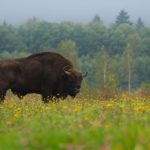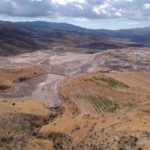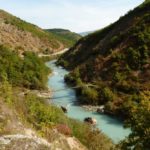Campaign description
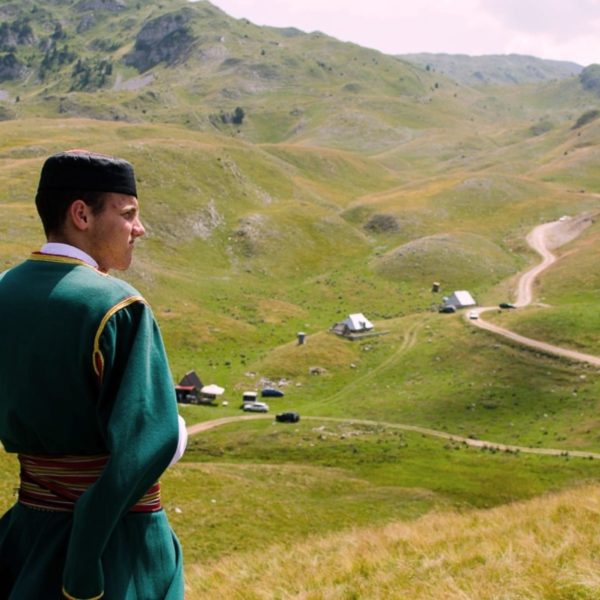 Save
Sinjajevina
Save
Sinjajevina
Save Sinjajevina!
A territory of life, traditional pastoralist communities and unique outstanding alpine landscapes of Europe threatened by a military polygonThe Sinjajevina-Durmitor massif is the second largest mountain pasture in Europe, an over 1000 km2 limestone plateau between 1600 and 2000 m with unique biodiversity built through millennia of pastoral uses. A project to build a military training polygon in the area of Sinjajevina, the south-eastern half of the massif, threatens not only its biodiversity and ecosystem services dependent of […]
Photo Gallery
Our Needs
Online help
Are you a law expert with knowledge of EU accession procedures and/or international law? Then your help is needed! Please refer to the below TORs and get in touch.
Terms of reference:
We need information about Montenegro’s steps for EU adhesion concerning nature conservation and rights of people to a healthy environment related to the Save Sinjajevina campaign. In particular we need contributions to the following questions:
Terms of reference:
We need information about Montenegro’s steps for EU adhesion concerning nature conservation and rights of people to a healthy environment related to the Save Sinjajevina campaign. In particular we need contributions to the following questions:
- What has the accession process to the EU been like since first talks started and up to present?
- What are the expected milestones, deliverables, calendar and key deadlines, particularly in relation to Chapter 27 about the environment, but also others?
- What key obligations and criticism have been addressed to Montenegro by the EU regarding nature-conservation, the environment, citizen society involvement, public participation, rule of law, etc.?
On-site help
- Biological surveys
- Agro-economical surveys
- Ethnographic fieldwork
- Historiography
- Alternative reports, etc.
Online and on-site work
Languages we speak
 English
English Spanish
Spanish
What we do
What we offer to volunteers
- Accommodation
- Birdwatching
- Pastoral and farming observation
- Trekking
- Wildlife watching
Videos about the campaign
Documents
Reviews, questions and articles
No questions yet.

Get answers to your queries now
Please login to submit your question.

